Last Updated on October 11, 2024 by SampleBoard
Painting your house is one of those things you can comfortably do by yourself, and the sense of achievement from completing a DIY project is gratifying.
You must choose the appropriate paint, prepare the walls nicely, and paint at the right time.
Or so they say. While painting your home might seem like a simple task, there are some other factors that you need to consider to help you get the job correctly.
Thorough preparation is key to feeling confident in your painting project.
In this blog post, we'll share some DIY painting tips that people often overlook when painting their homes.
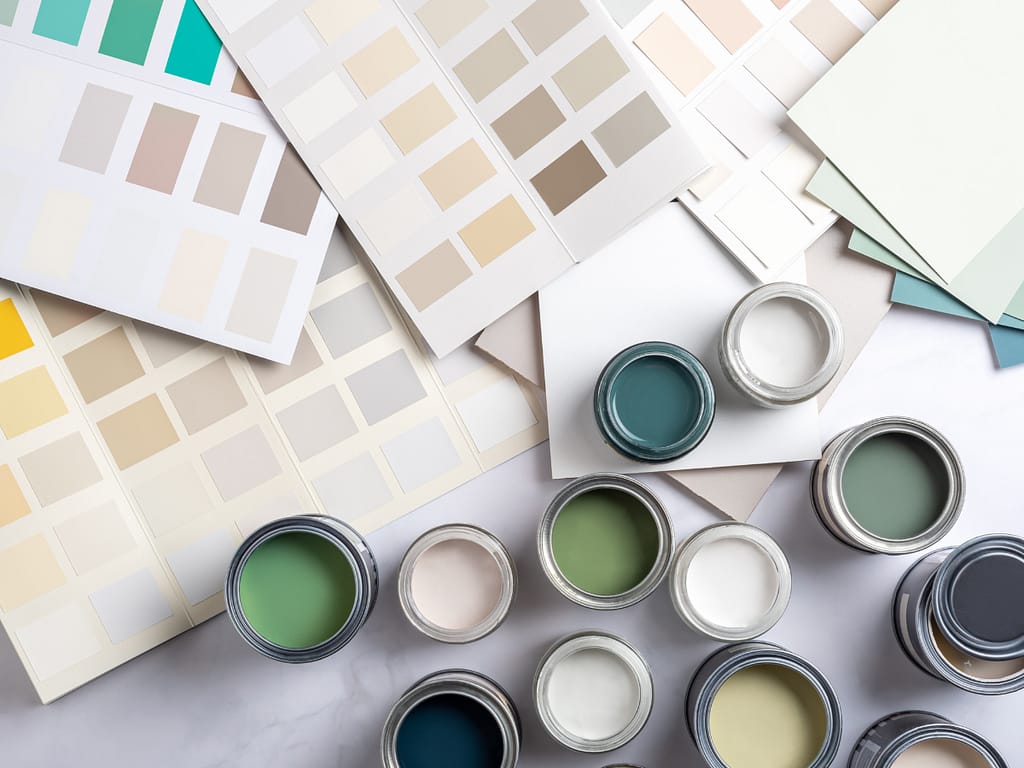
Rain, wind, and humidity can make painting a headache, especially if you're painting the exterior of your home.
For example, painting outside with a heavy wind might help the paint dry faster, but it can also blow up dust and dirt sticking to the paint.
Likewise, humidity also causes paint to run, drip, and dry more slowly.
The ideal day to paint your house is a dry, windless day with the sun out.
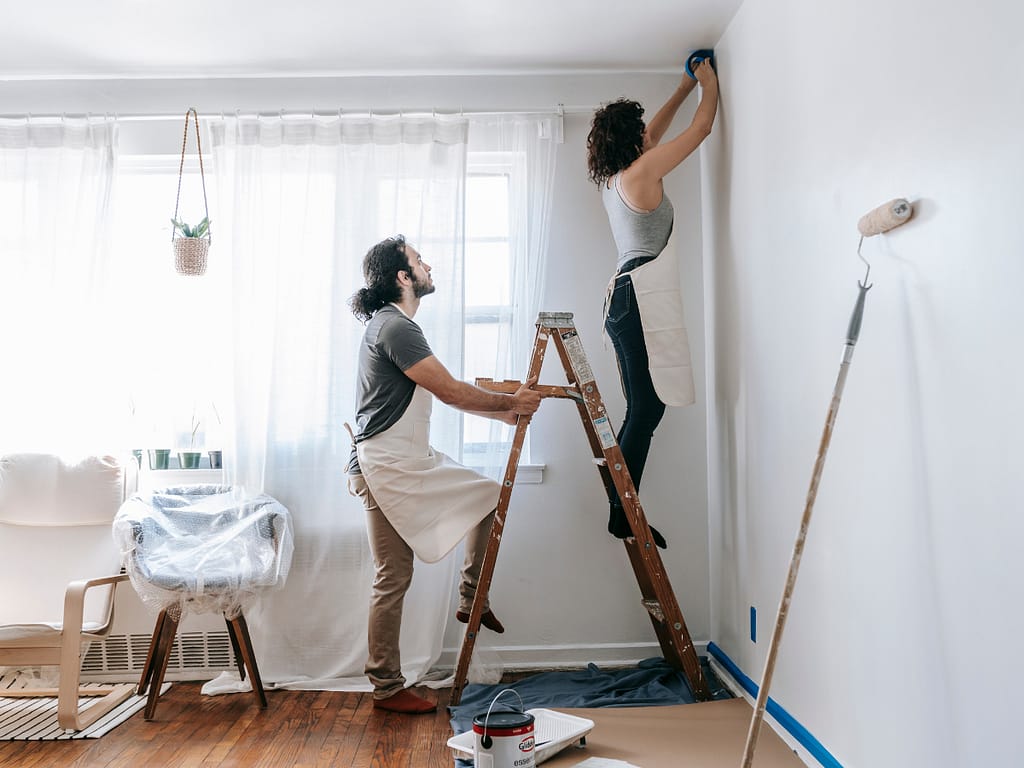
The first step before painting any surface is to inspect that surface for issues and prepare it accordingly.
So, before you paint your house, walk around and thoroughly inspect it. Look for dampness in the walls, cracks, peeling paint, or any other issues.
If your walls are damp, you might need a sealer before painting.
The same goes for cracks. They'd need to be sanded down and filled before you paint.
A common mistake many make is trying to cut costs on the equipment they use to paint.
Paint brushes, roller covers, and paint tape are all essential to doing a good job, but they also vary in quality.
Choosing bad-quality brushes can directly impact how the paint is applied, leaving grooves or even brush bristles in the paint.
You don't have to break the bank to buy supplies, but avoid going for the lowest-quality items.
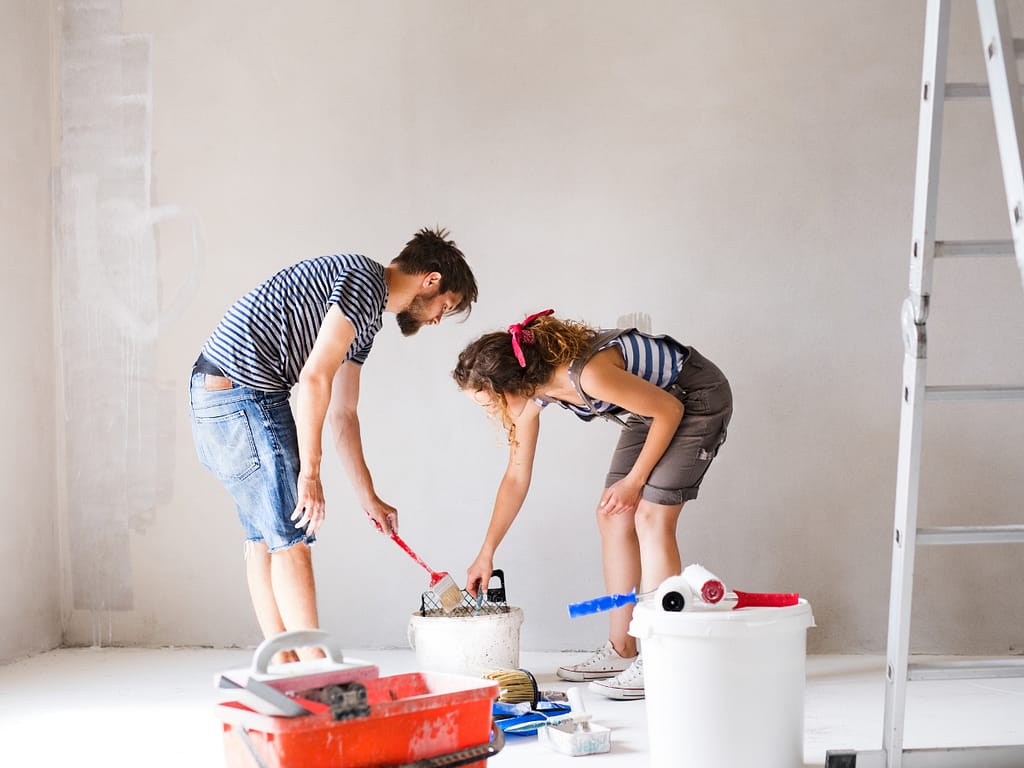
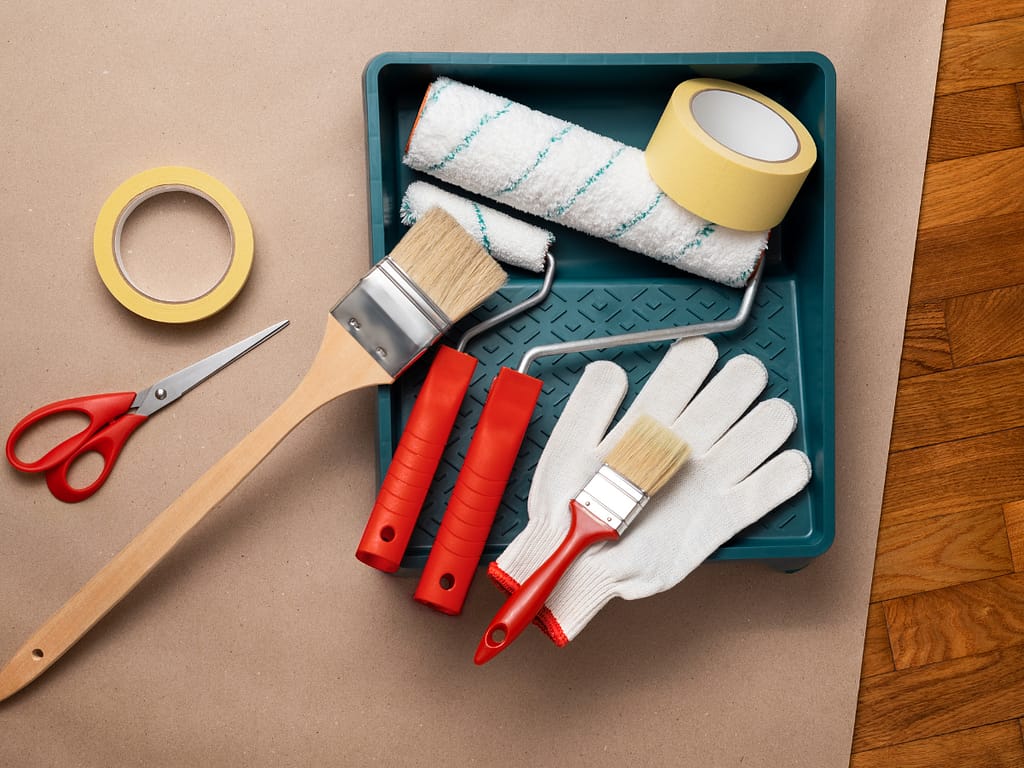
For those unfamiliar with painting lingo, nap refers to the width of the fabric on a paint roller, and yes, this impacts the texture left on your walls when you use a roller to paint.
Generally, a thicker nap is better for denser, thicker walls like concrete, while thinner naps are better suited to light and thinner walls like drywalling.
For instance, if you use a thicker nap on drywall, it'll most likely leave texture on the wall and dry like that.
Accidents happen when you paint, and paint can sometimes drop or flick off your brush without you noticing it.
Getting dry paint off a couch or coffee table can be challenging.
That's why it's better to cover everything that might be affected while you paint.
You can buy huge sheets of plastic to lay on the floor or over furniture and even smaller bags to protect your door handles.
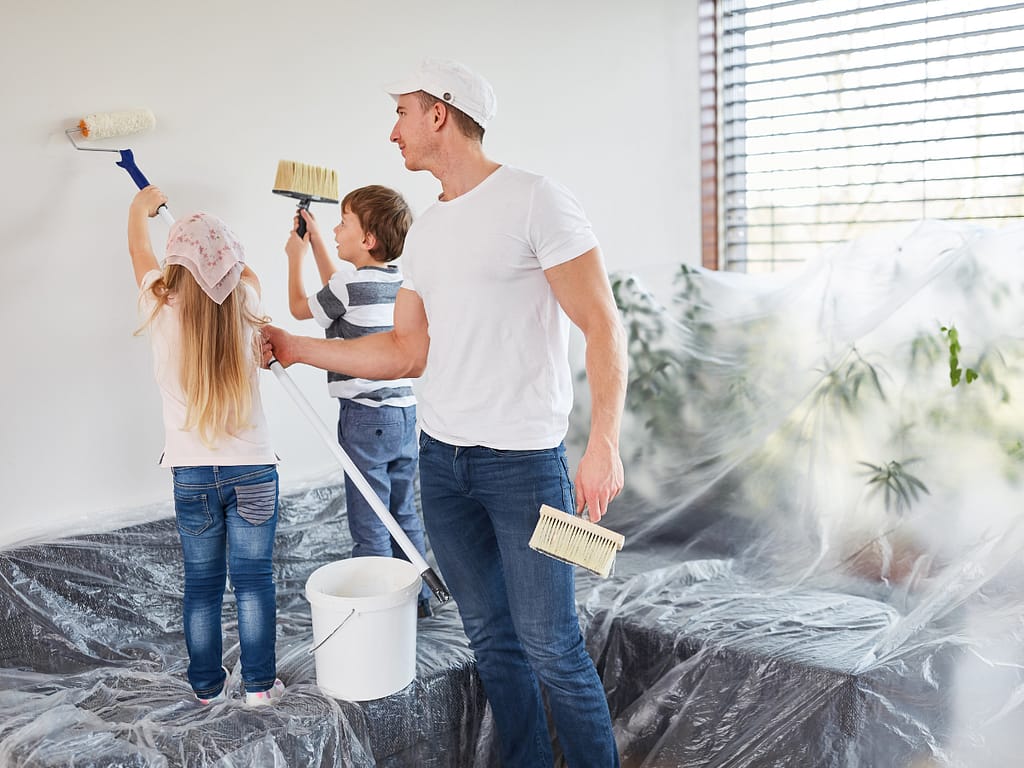
While you're painting, it can be tempting to look over taking off light-switch covers and painting the walls under them.
But imagine you choose to change your switches to smaller versions later on. The wall's old colors will still be coming through.
So, take the time to remove the light-switch fittings and paint the wall behind it.
If you're impatient, you'll be tempted to skip this five-minute step, but don't.
Be sure to paint the walls before you paint them.
Primer is a paint-like substance added to the walls before painting to give them superior durability and maximize how well the paint bonds to the wall.
It also ensures that the paint color remains the same, not dampening the contrast of the dark wall color behind it.
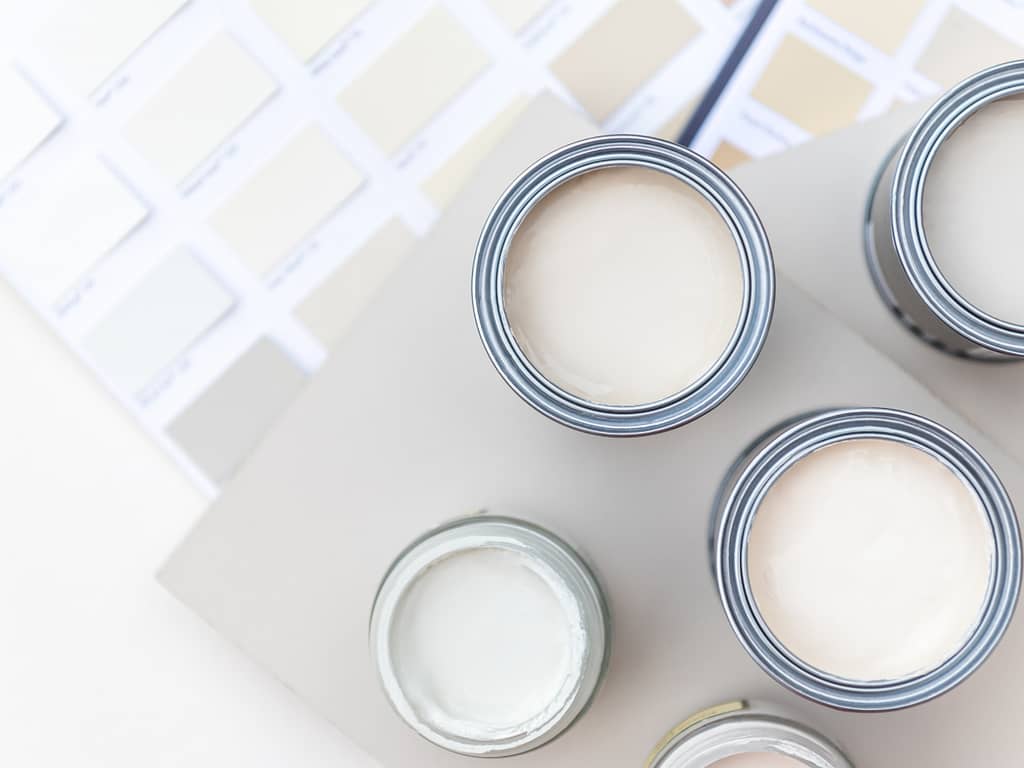
Also known as "boxing," instead of buying a bunch of paint cans or buckets at a time, make a bulk purchase and combine all of them together in one larger box.
Make sure you mix it well.
Having one source of paint to go to will increase the speed at which you complete the job and help ensure that the colors stay consistent throughout the project.
Like a golfsmen, you need to let the club do the work, so you need to let the roller do the job.
By forcing it, you might increase the texture of the wall. But, as you smoothly glide up and down, let the roller spread the paint without rushing or forcing it.
Paint the roof down to avoid a mess and possible spills or paint spots.
This way, the roller's rotation will prevent the paint from splashing or flicking and keep it moving toward the wall.
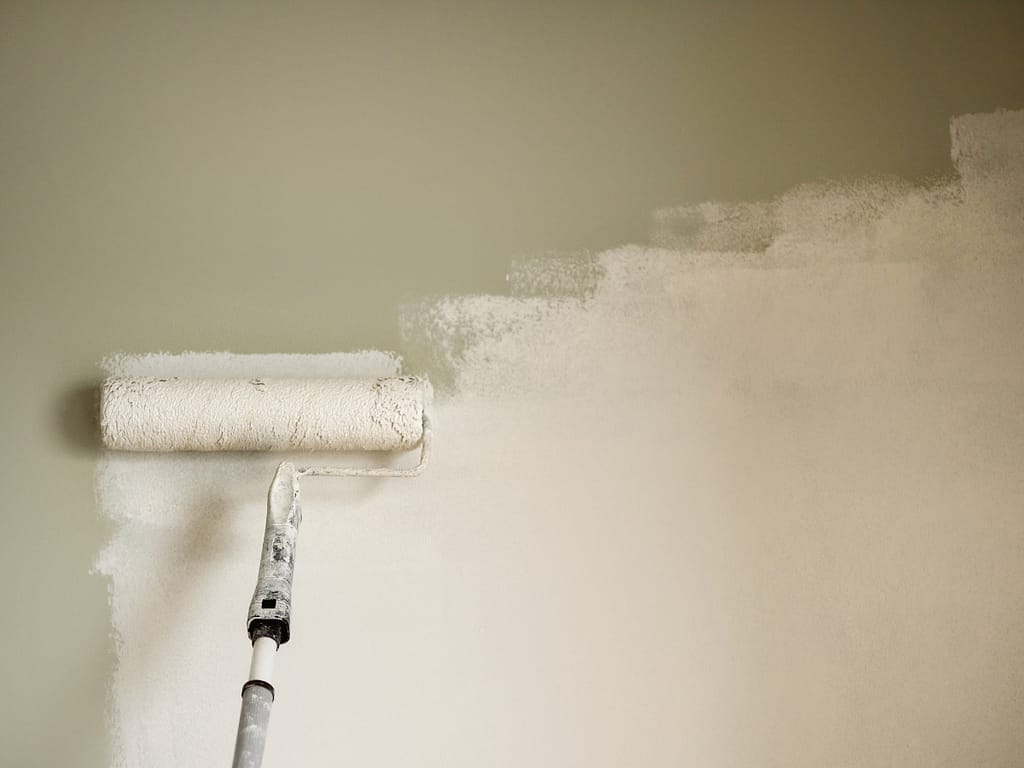
Because painting your house could directly impact its value, we suggest asking licensed painters to advise you on your project.
They can help you choose the appropriate paint, the best colors, and even all the supplies you might need.
Remember, professional advice is always available to support you in your DIY painting project.
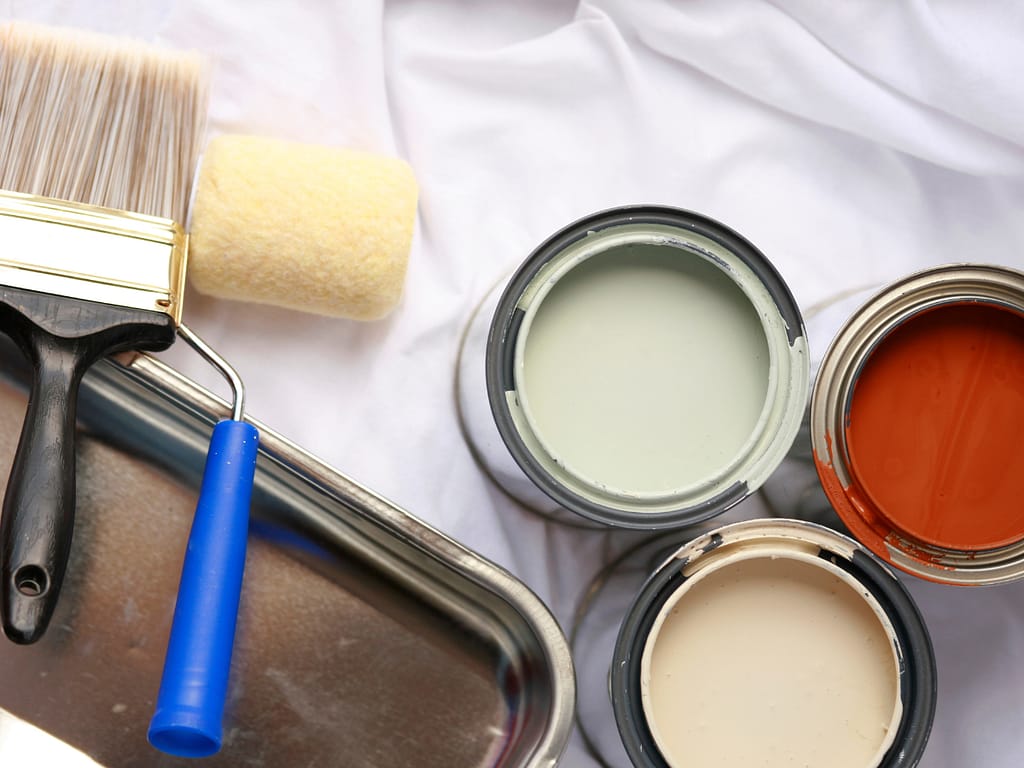
Painting your house or room is a great family project.
That said, be sure to choose the right paint and observe the tips above to avoid making a mistake you might regret later.